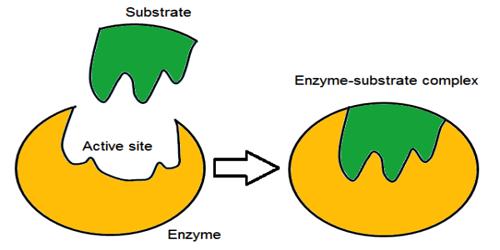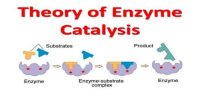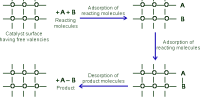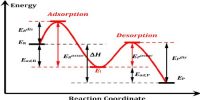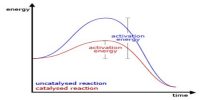Mechanism of Enzyme Catalysis
The substance on which the enzyme acts is called the substrate. The enzyme molecule is a protein chain that acquires a shape such that the substrate can fit into its structure somewhat like a lock-and-key arrangement as shown in Figure. The enzyme molecule, E, binds the substrate, S, into the active sites of its structure to form an enzyme-substrate complex, ES, and catalysis takes place.
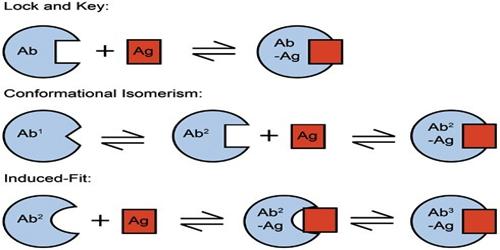
Figure: Schematic diagram of lock-key mechanism
(a) An enzyme can join two molecules
(b) an enzyme can alter the structure of a molecule
In effect the active site in the enzyme ‘recognizes’ the substrate. This explains the specificity characteristics of enzymes. The enzyme-substrate complex then breaks up to form the product, P. and the enzyme is regenerated and is ready to react with another molecule of the substrate. The mechanism is shown as:
E + S ↔ ES → P + E
The formation of the enzyme-substrate complex provides a new pathway with a lower activation energy.
When inhibitors occupy the active sites or temperature is increased with loss of structure of the enzyme (it being a protein) the catalytic action of the enzyme is lost.
The lock-and-key model of enzyme action is now firmly established by many experiments. Consideration of the kinetics of enzyme catalyzed reactions is beyond the scope of this text.
